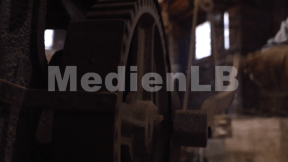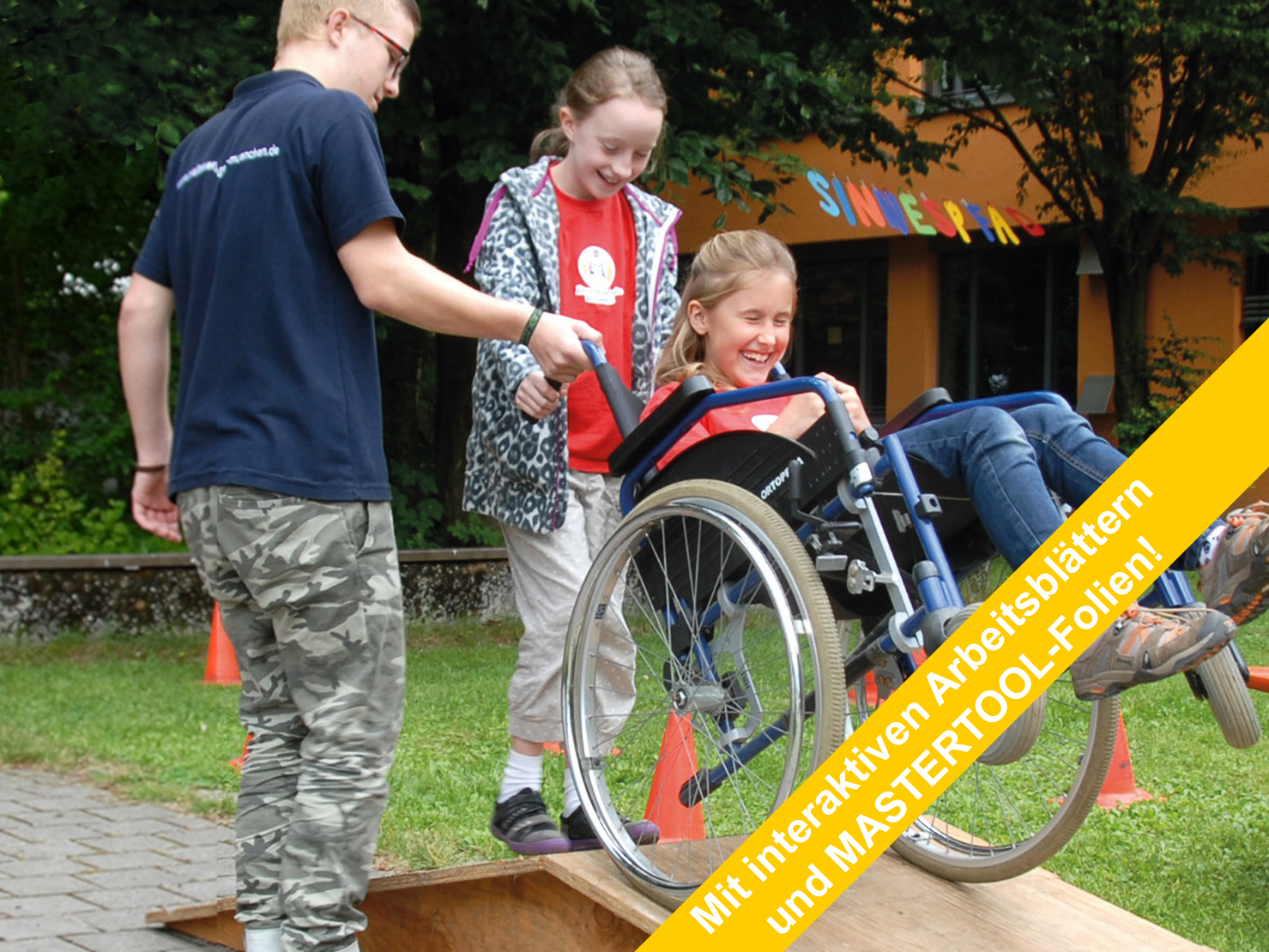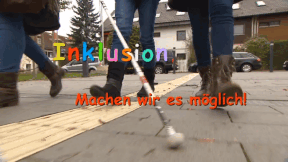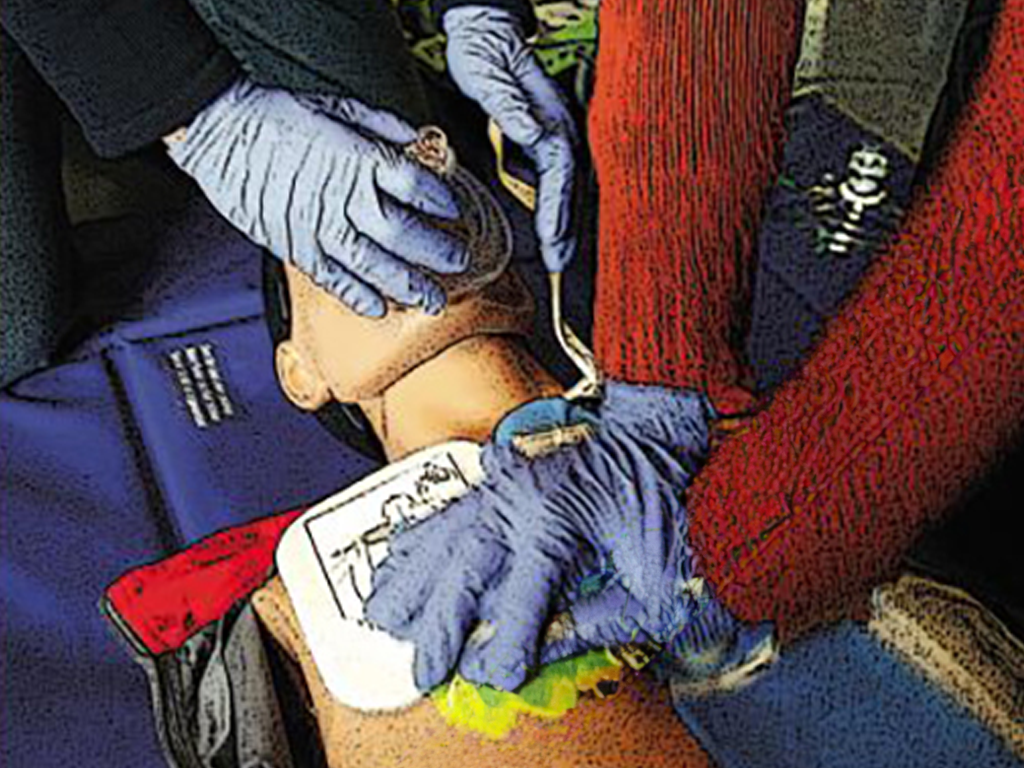 Technology, Training of Teachers
Technology, Training of Teachers
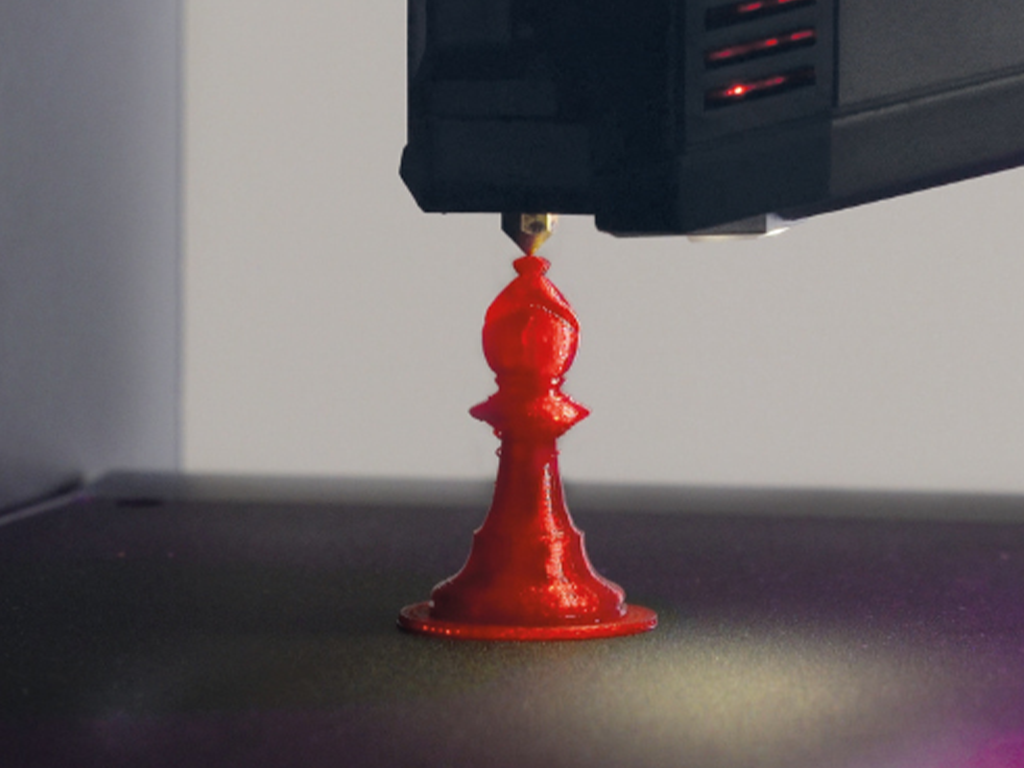

4677095 / 5564387
3D Printing
Methods, Materials, Future Prospects
Layer by layer, a three-dimensional form is being created here – a chess piece. Just like that, from a printer – however, a special one: a 3D printer. Thus, the dream of being able to manufacture three-dimensional pieces yourself at home becomes reality.
In industry, professional 3D printers play an increasingly important part. Different methods and materials enable the production of a broad variety of objects.
This ranges from workpieces to medical demonstration objects to model pieces and even foods, like marzipan in this example. The possibilities of application seem to be almost unlimited. As preferred materials, different plastics and metals are primarily used.
With this method, a whole new kind of production becomes possible. Material that has so far been reduced or formed by processing is expanded here step by step. Therefore, this is also referred to as additive manufacturing, i.e. manufacturing by addition.
But how exactly does a 3D printer work? What is it already able or still unable to do today? And will this technology have an impact on our work life?

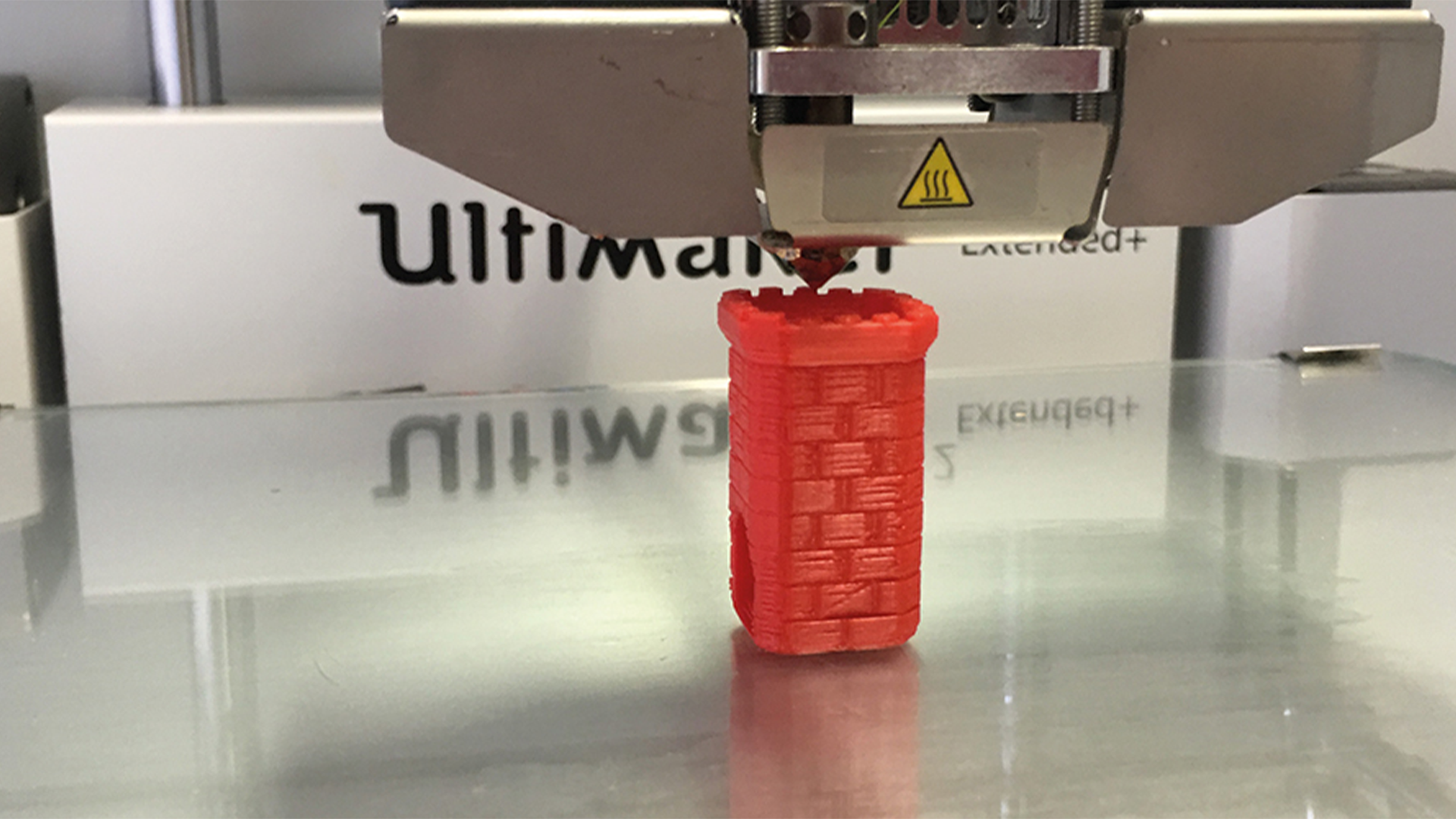
Curriculum-centred and oriented towards educational standards
Matching
Seal of approval
Quality seals such as the "Bio-Siegel", "Blauer Engel", "Stiftung Warentest" and up to 1,000 other seals represent characteristics such as sustainability, health or safety with regard to a product, a service or even a company.
Inclusion
Madita is eleven and blind. She does not want to go to a special school but to a regular grammar school. She says she feels "normal" there. Jonathan is eight and has a walking disability. He likes going to the school where he lives. Here, his best friend sits next to him. Max Dimpflmeier, a teacher who is severely deaf, explains that school life is not easy. Quote Max Dimpflmeier: "You don't want to attract attention, you want to avoid saying that it is necessary for you that 70 people adjust to your situation." People on their way to inclusion.





